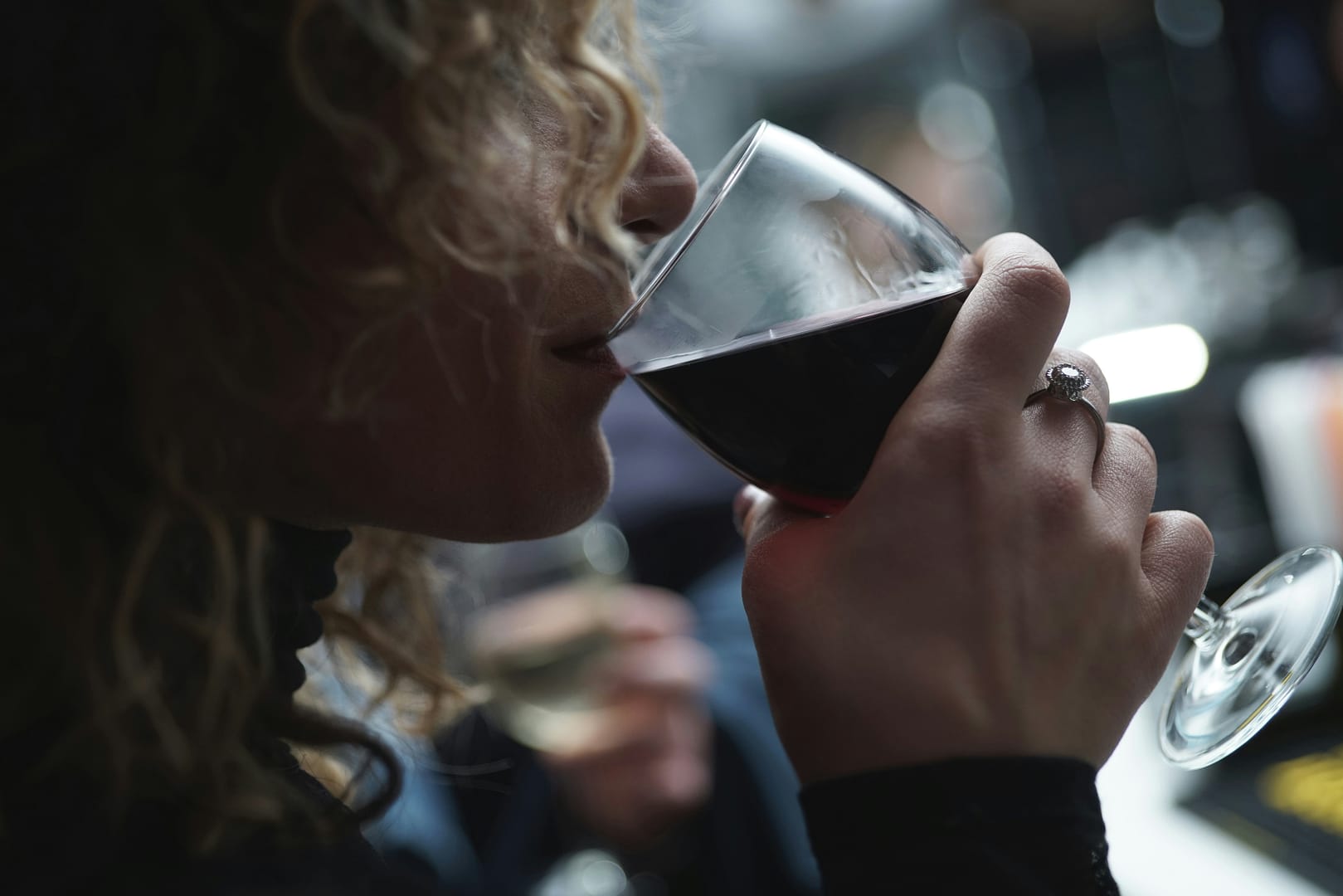EU and Mercosur's historic trade deal opens new wine markets but raises concerns over competition and regulatory standards. Explore the implications!
The New Era of Global Wine Trade: EU and Mercosur
A Historic Agreement
After nearly 25 years of negotiations, the European Union (EU) and Mercosur—comprising Argentina, Brazil, Paraguay, and Uruguay—have finally reached a landmark free trade agreement. This pivotal moment was marked by a signing ceremony in Montevideo, where EU Commission President Ursula von der Leyen enthusiastically proclaimed it as “the beginning of a new story.” This agreement is expected to eliminate tariffs worth approximately €4 billion annually, which could significantly impact various sectors, including agriculture and wine.
For the wine industry, this deal presents both opportunities and challenges. The inclusion of protections for 350 geographical indications (GIs) from the EU indicates a commitment to safeguarding traditional products like Italy’s Grana Padano and Prosecco. Yet, the agreement has sparked skepticism among European farmers who fear an influx of lower-priced products from South America might disrupt local markets. As noted by Italian winemaker Giovanni Rossi, “This agreement could open new avenues for our wines in vibrant markets but also poses risks we cannot ignore.”
The Duality of Opportunity and Concern
With the doors now ajar to South American markets, European winemakers are presented with an unprecedented opportunity to expand their reach. Countries like Argentina are renowned for their Malbec and Torrontés, while Brazil is emerging with its sparkling wines that have begun to garner international acclaim. The potential for mutual enrichment is palpable; however, concerns linger regarding competition.
The Copa-Cogeca organization has voiced apprehensions about how this agreement may impact family-run farms across Europe. President Massimiliano Giansanti stated that “if accepted by member states and the European Parliament, the deal will have profound consequences for agriculture throughout Europe.” The wine sector must navigate this complex landscape carefully—balancing the need for growth with safeguarding quality standards that define European wines.

Navigating Regulatory Challenges
One of the most pressing issues surrounding the EU-Mercosur agreement is the difference in agricultural standards between Europe and South American nations. Critics argue that production methods in Mercosur countries often fall short of EU regulations regarding pesticides and animal welfare practices. Giansanti’s concerns echo throughout various agricultural sectors: “We must ensure that any products entering our markets meet our rigorous safety and quality standards.”
In response to these disparities, experts suggest that a collaborative approach is essential. As sommelier Clara Dupont explains, “It’s vital that we engage in dialogue about sustainable practices while promoting our unique offerings.” This sentiment underscores a need for transparency in how wines are produced and marketed on both sides of the Atlantic.
The Italian Perspective: Balancing Tradition with Innovation
Italy’s wine industry stands at a crossroads as it confronts potential market saturation from South American imports while striving to maintain its storied traditions. Leaders within Italy’s agricultural community express fears that without adequate protections in place, local producers may struggle against cheaper alternatives.
Cristiano Fini, president of Cia-Agricoltori italiani, has characterized the agreement as “imbalanced,” highlighting specific contingents on sensitive products such as beef and sugar that could undermine local economies. He asserts: “The risk is being overwhelmed by South American agricultural products.” Nevertheless, there lies an opportunity for Italian wines to innovate through collaboration with their South American counterparts.
Looking Ahead: A Complex Ratification Process
As excitement builds over potential benefits from this historic trade deal, it’s crucial to recognize the intricate ratification process ahead. Opposing voices from France, Italy, Poland, and Austria raise questions about whether consensus can be achieved within the EU framework. With significant political stakes involved—the majority required for approval necessitates support from at least 15 member states representing 65% of the EU population—the path forward remains uncertain.

Experts emphasize that both sides must remain committed to ensuring fair competition while fostering economic growth through mutual respect for established standards. As we look toward this evolving landscape in global wine trade dynamics, sommeliers like Alain Boucher remind us: "Ultimately, great wine comes down to quality—and that’s something no trade agreement can compromise."
In conclusion, while this new era heralds immense possibilities for growth within the wine industry across continents, careful navigation through regulatory challenges will be paramount in preserving quality and tradition amidst changing tides.
Photo by Tomasz Rynkiewicz on Unsplash
